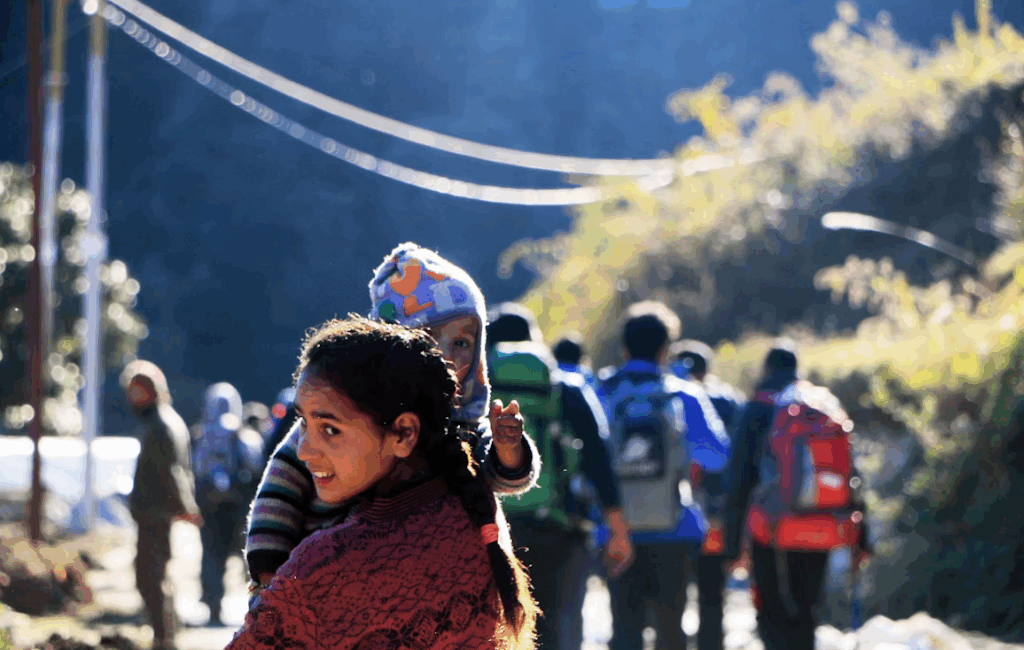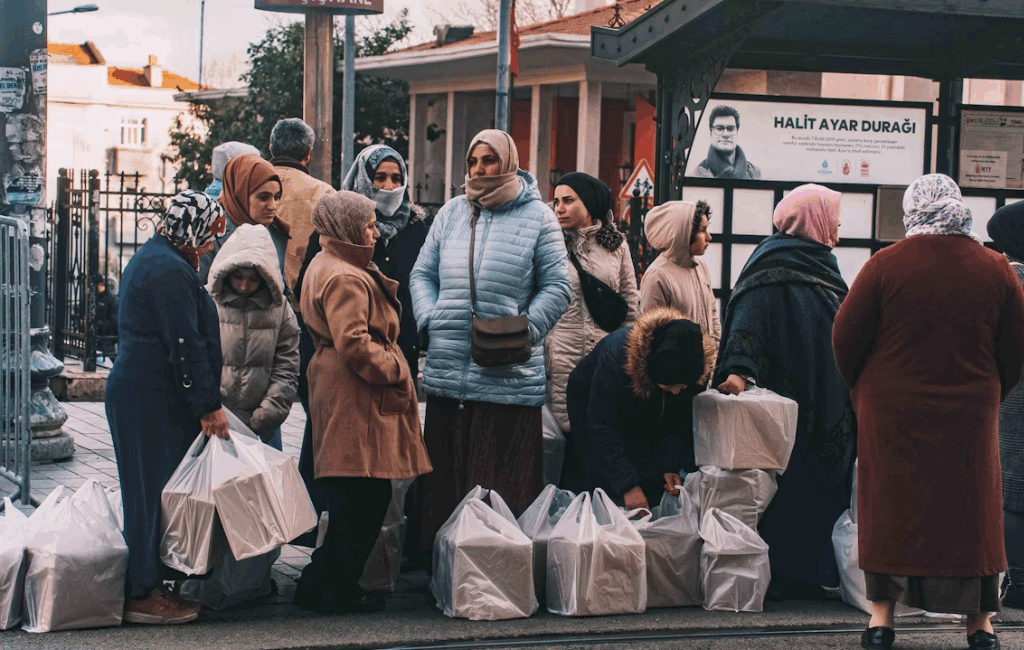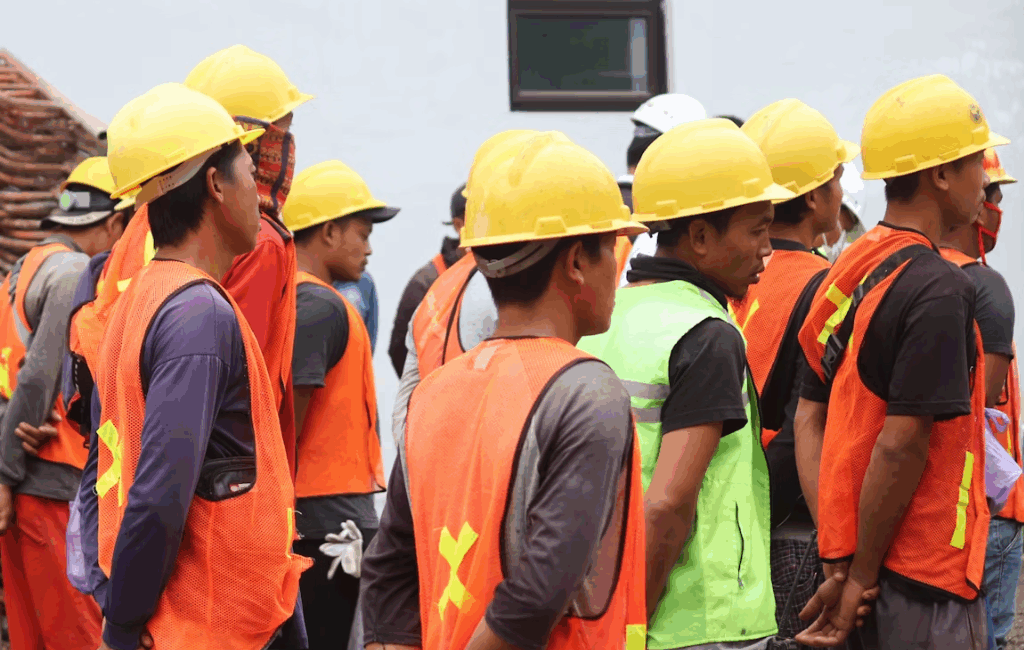
RESEARCH EXCHANGE
How can labour migration empower the Global South?
Author
About
Gerasimos Tsourapas
research
Migration diplomacy: who’s David, who’s Goliath?
When people think about labour migration diplomacy, they might picture Gulf monarchies dictating terms to South and Southeast Asian states. Or of the United States deciding who may enter, while Central American governments are left with little say. In these images, wealthy hosts hold all the cards; poorer sending countries simply accept what is imposed.
The image is powerful, but incomplete. My research on how states cooperate and coerce one another in governing labor migration shows that labour migration generates leverage for sending states. Weaker states can extract concessions, secure protections, or influence outcomes.
In other words, when it comes to migration diplomacy, David is not always powerless, and Goliath is not always in control.
How mobility binds states together
Labour mobility flows in multiple directions. Rather than a matter of workers leaving one country and entering another, migration binds states together through flows of people, money, and regulation. Host states need workers to fill critical sectors; sending states need remittances and employment opportunities. This creates what I call migration interdependence: reciprocal but uneven dependencies between states. For instance, Taiwan’s dependence on Filipino care and manufacturing workers is mirrored by Manila’s reliance on the remittances they send home.
Two structural factors shape outcomes:
– Relative power: whether one state is materially stronger than the other. For example, Russia is clearly the stronger actor vis-à-vis Central Asian states such as Tajikistan or Kyrgyzstan.
– Exposure: which side is more vulnerable to disruption of labour flows. For instance, New Zealand’s reliance on Pacific seasonal workers leaves Wellington more exposed than its island partners, which can send workers to multiple destinations.
Put differently, migration power is never absolute, as even weaker states can sometimes gain leverage when their stronger partners are highly exposed.
When weaker states push back
– Philippines–Gulf States. Reports of abuse of Filipino domestic workers in the Gulf triggered strong political pressure in Manila. The government responded with temporary deployment bans and mass repatriations, which disrupted key sectors in host economies. Because Gulf states were heavily reliant on Filipino workers, they conceded to new protections and recruitment reforms.
– Indonesia–Malaysia. Indonesia suspended the deployment of domestic workers in 2009 and again in 2022, citing persistent abuse and poor regulation. Each time, Malaysia faced immediate shortages in households and plantations, forcing it back to the negotiating table. The outcome was the introduction of stronger protections and a restructured recruitment system.
– Nepal–GCC. Nepal attempted similar strategies by banning or restricting the deployment of domestic workers. Yet its heavy dependence on just a handful of Gulf corridors, coupled with
hosts’ ability to recruit from elsewhere, meant these bans had little impact. Nepal’s measures were largely symbolic, and its bargaining space remained narrow.
Four migration diplomacy strategies for countries in the Global South
1. Diversify migration portfolios
Spread labour flows across multiple destinations to reduce vulnerability, as the Philippines has done by cultivating markets in Europe and East Asia alongside the Gulf.
2. Institutionalise flows
Negotiate bilateral agreements that codify protections and monitoring systems, as ASEAN states are beginning to do through more formalised recruitment standards.
3. Use credible signals
Deploy bans, moratoria, or repatriations selectively to strengthen negotiating positions; these measures only work when diversification provides credible alternatives.
4. Coordinate regionally
Act collectively through regional frameworks, such as ASEAN, the African Union, or Pacific schemes, to amplify bargaining power.
Takeaways for policymakers
1- Labour migration is “high” politics. It directly shapes foreign policy outcomes, alliances, and bargaining positions.
2- Global South states hold agency. Even when materially weaker, they can use interdependence to protect citizens and pursue their interests.
3- Exposure matters. Governments should map vulnerabilities (sectoral dependence, remittance concentration, or over-reliance on a single corridor).
4- Portfolio diversification is key. A broader spread of destinations or worker sources provides resilience and leverage.
5- Migration belongs in foreign policy. Labour ministries cannot act alone; foreign ministries and heads of government must develop explicit migration diplomacy strategies.
Why this matters
Labour migration will only grow in importance. Ageing populations and labour shortages in Asia, the Gulf, and Europe mean competition for workers is intensifying. For the Global South, this is both a challenge and an opportunity.
By diversifying portfolios, institutionalising flows, using credible signals, and coordinating regionally, governments can use migration interdependence to advance national interests. Far from being “rule-takers,” Global South states can position themselves as genuine power-brokers in migration diplomacy.
Gerasimos Tsourapas is 125th Anniversary Chair and Professor of International Relations at the University of Birmingham. He is a 2025–26 Jean Monnet Fellow at the European University Institute and Senior Fellow at the Henry J. Leir Institute, Tufts University.
Learn more:
-Journal article: The Strategic Politics of Cross-Border Mobility: A Typology of Migration Interdependence
-Book: Migration diplomacy in the Middle East and North Africa: Power, mobility, and the state
Submit your idea for a ‘short’ to be featured on the Co-Lab.












